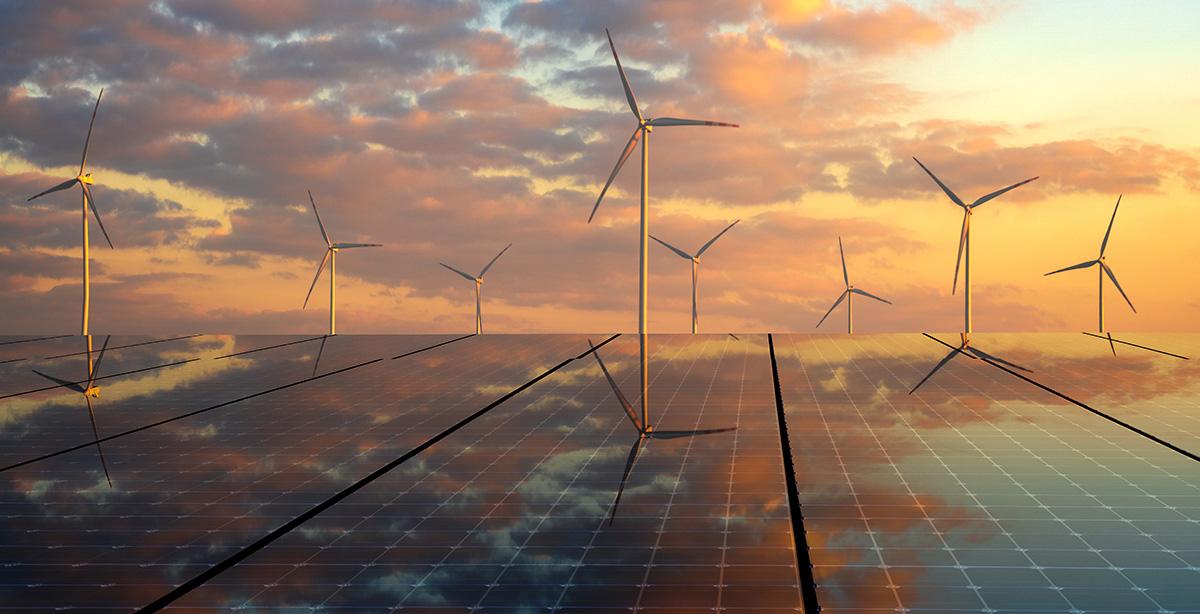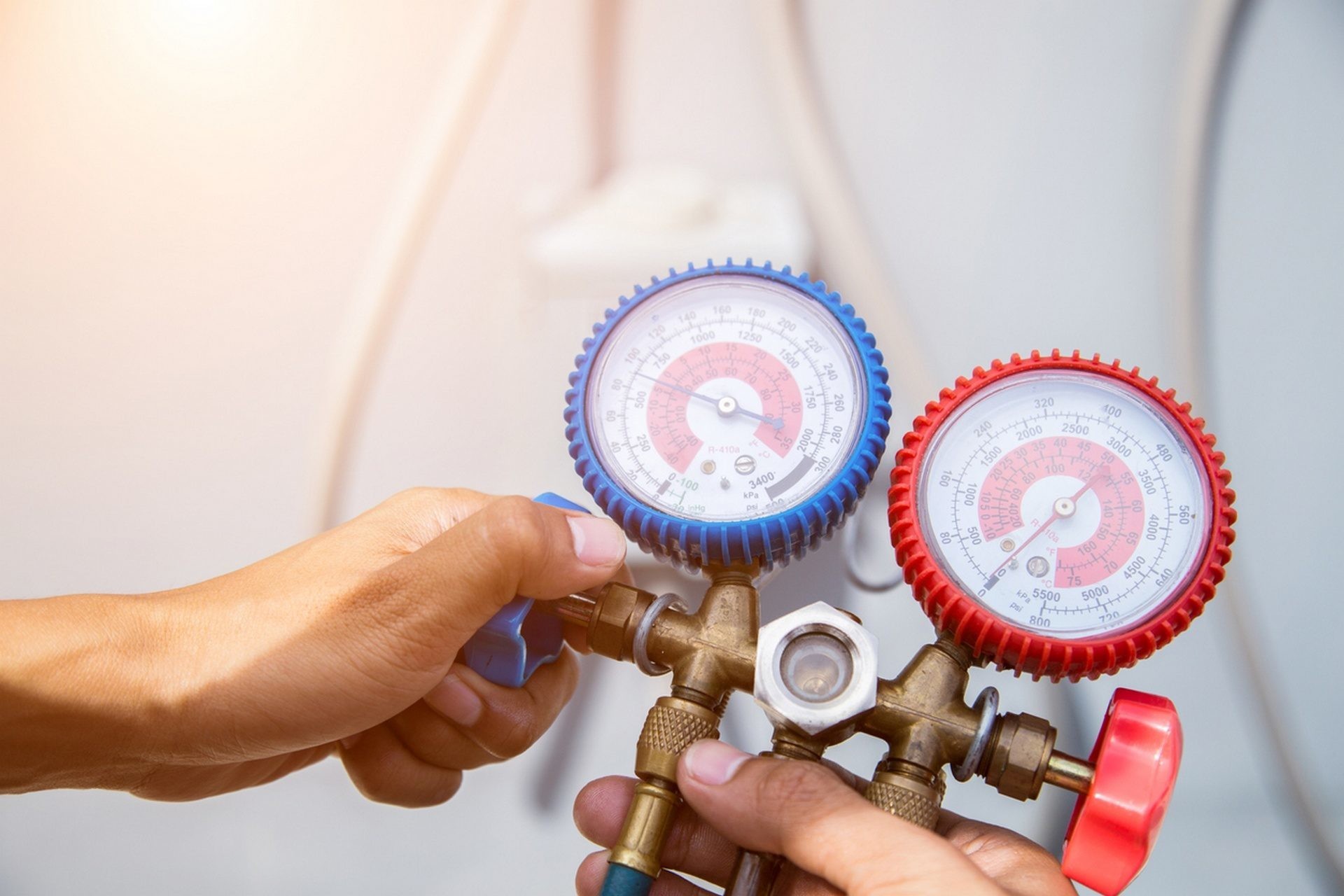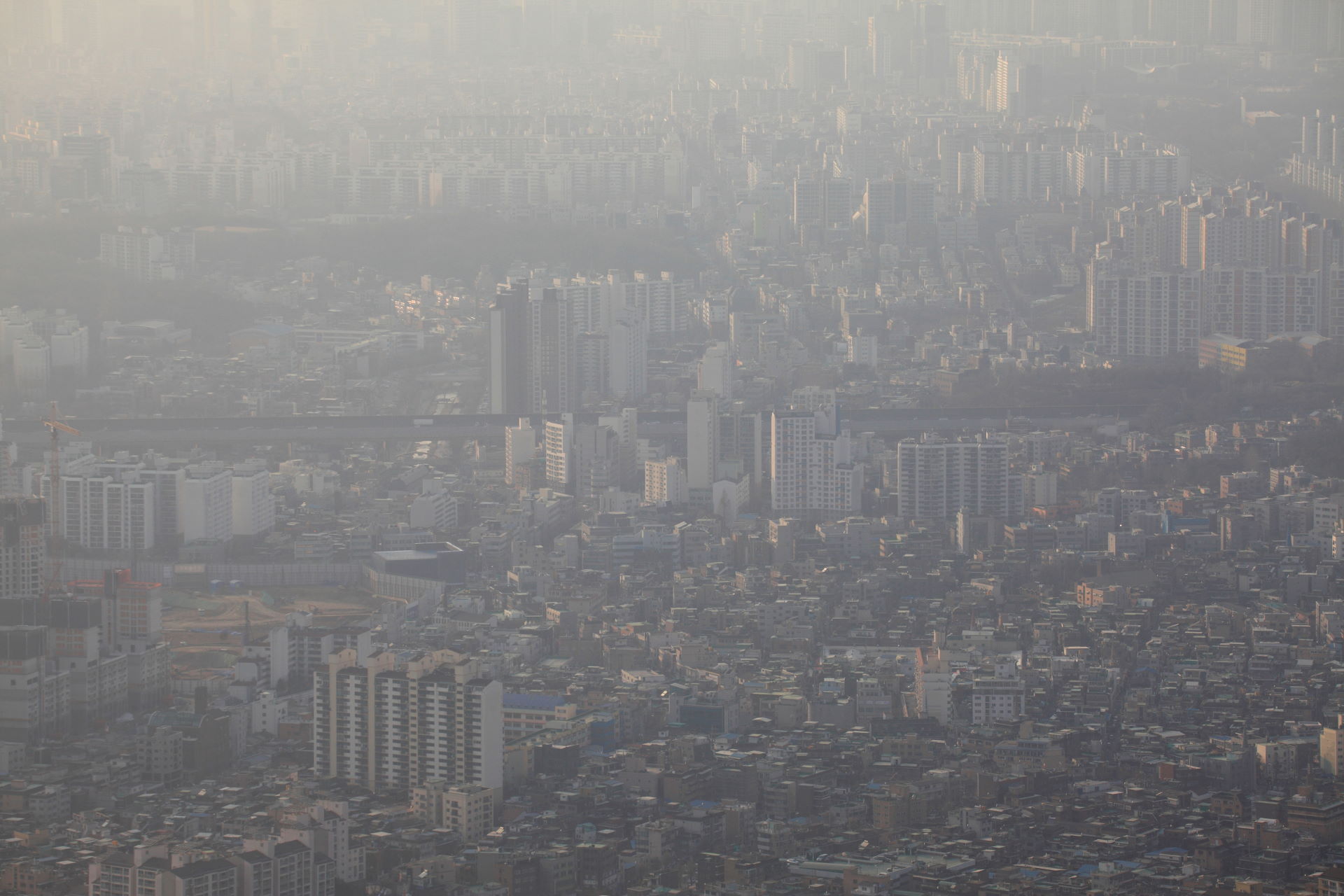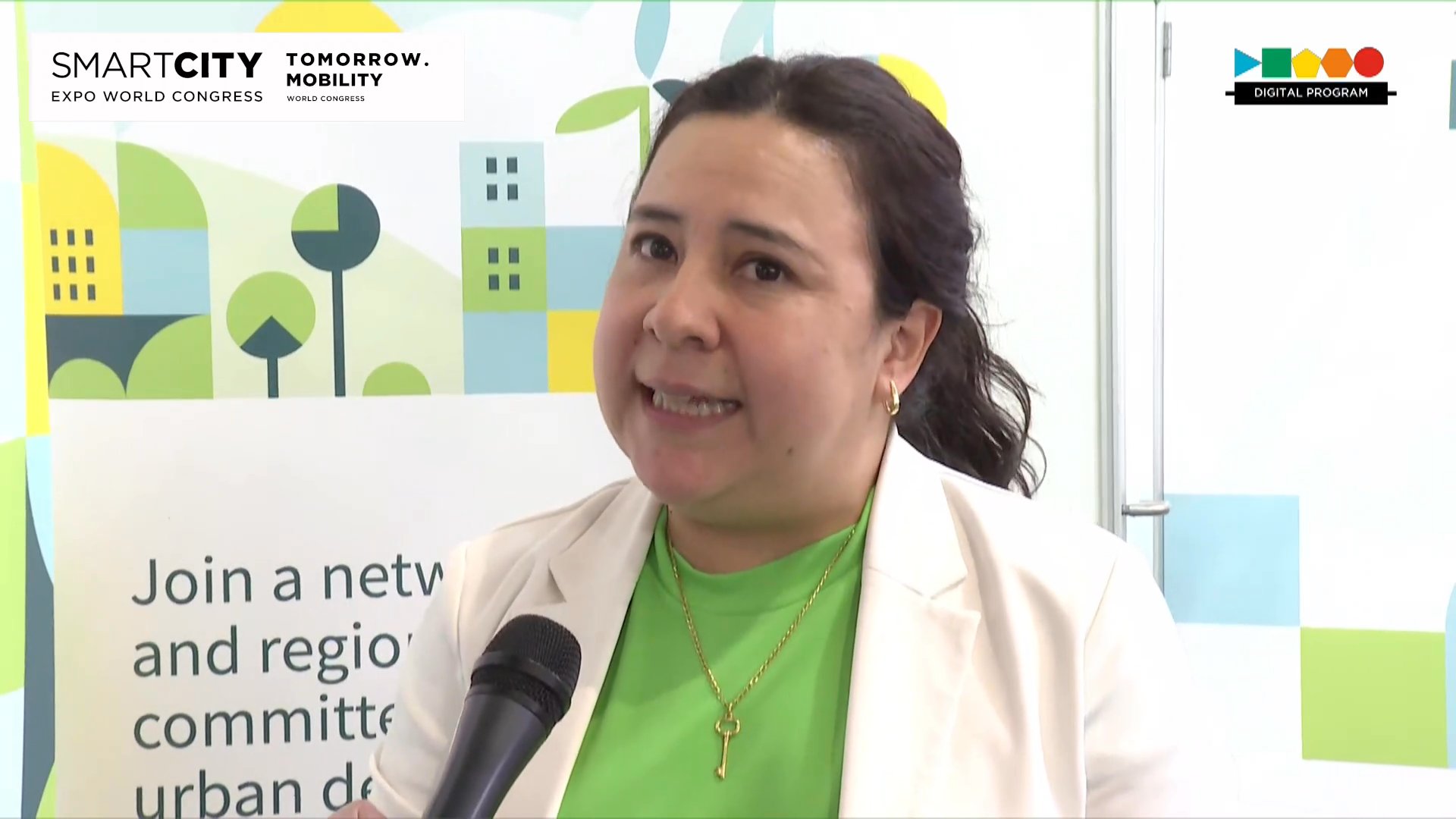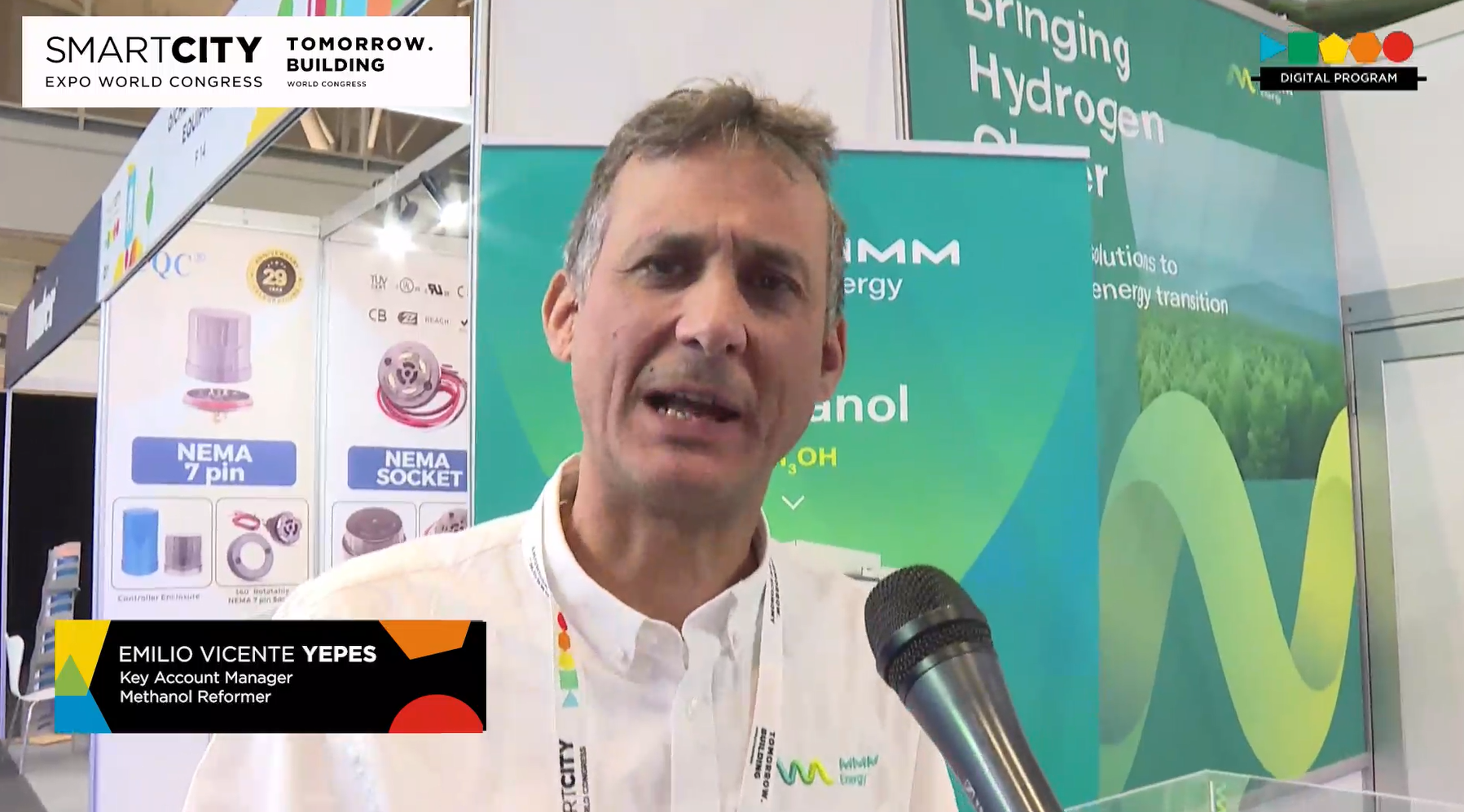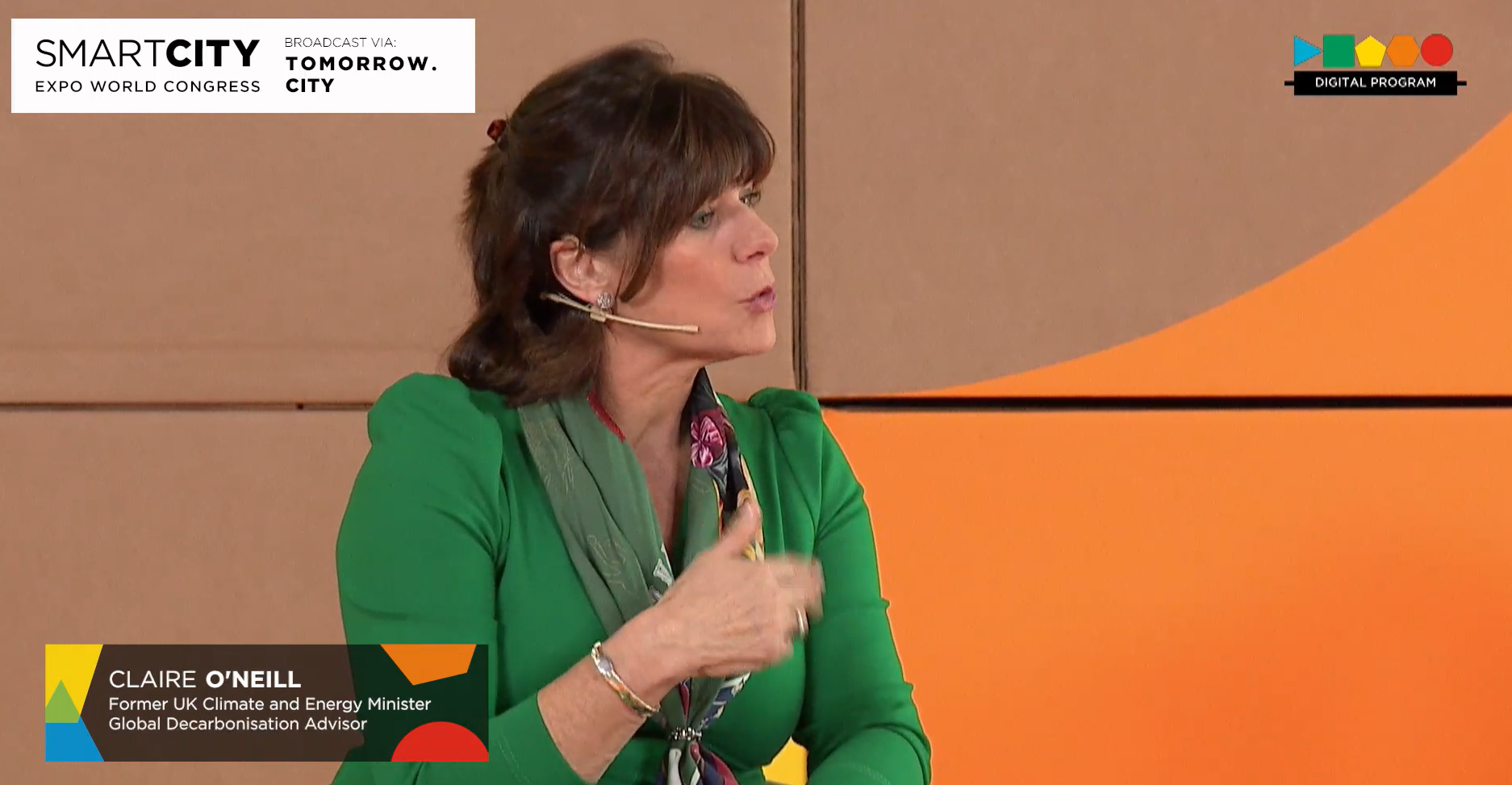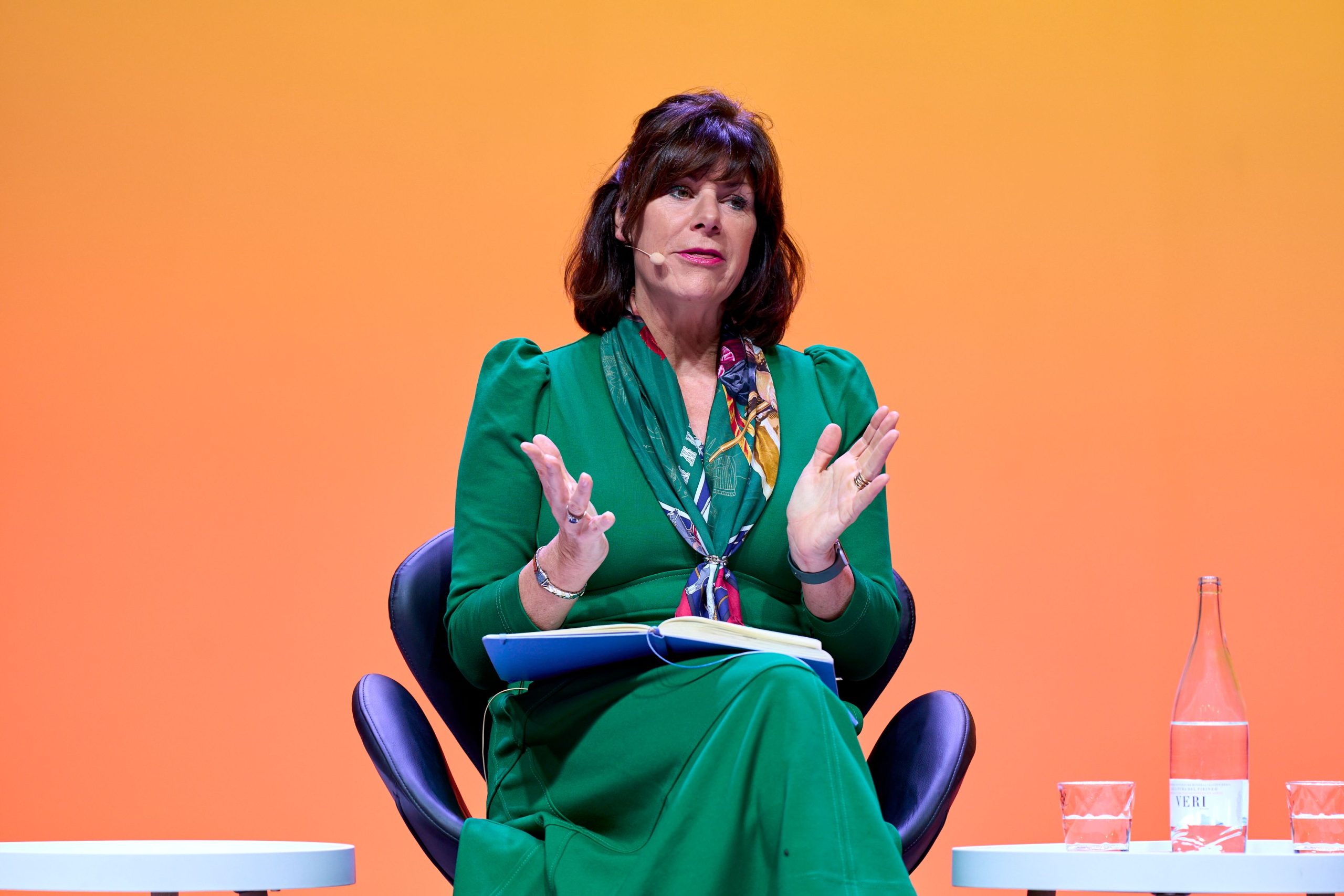Author | M. Martínez Euklidiadas
Power generation using floating photovoltaic panels is causing a sensation in some sectors, particularly in those related to urban water management —from 1.1 MWp in 2010 to over 3500 MWp in 2020— because of the way floatovoltaics are complemented by water storage or transportation of the same without losses. What exactly is this form of power generation and why is it particularly useful in urban environments?
Floatovoltaics: solar panels that float on the surface of water
The basic concept of floating photovoltaics is not complex: it consists of rows of solar panel modules supported by floats installed on a body of water with little or no swell, such as reservoirs, dams, canals and even wide rivers.
The installation of each module is generally assembled on land and then transported to its final location on water, pulling them with cables and then anchoring them to the bottom of the water body.
Advantages of floating photovoltaics: why are they causing a stir among experts?
The installation of floating photovoltaics is beneficial in terms of both power generation and water preservation. The most relevant advantages include:
- Solar panels cool themselves thanks to the relatively constant and low temperature of the body of water below them. This is particularly important in a global warming scenario.
- In addition, the water in the reservoirs and canals does not evaporate so quickly if the surface is covered with solar panels that act as a barrier against sunlight. This is key in water canals for transportation, given the vast area.
In reservoirs with dams used to generate hydroelectric power, the integration of panels can create key synergies:
- It stabilizes the electric flow, supplying energy when hydroelectric generation dips;
- It uses excess power to pump water upwards, converting the reservoir into a battery;
- This enables hydroelectric power to be generated at night when there is no sunlight.
The enormous potential of floating solar panels

Many cities around the world have large open water deposits to ensure that people receive water and to use it to generate hydropower, therefore, floating photovoltaic facilities could be an important ally for urban infrastructures.
According to a recent scientific article produced by researchers at the Southern University of Science and Technology in Shenzhen (China), and entitled ‘Energy production and water savings from floating solar photovoltaics on global reservoirs‘, more than 6,000 communities (with over 154 metropolitan areas) could be energy self-sufficient if they installed floating photovoltaics on their water reservoirs. Although there are some disadvantages.
The issues with solar photovoltaics
However, not all aspects of floating photovoltaics are so positive. Among the main disadvantages is the fact that it cannot be used on a large scale in living systems like rivers, lakes or lagoons, and even bays or small seas.
By acting as a sun blocker, floating photovoltaics tend to eradicate the biological systems below them or lead to water eutrophication and other biological balances that are stable but harmful for other species.
At a historic time for urban areas in which the aim is to re-naturalize the urban environment, it is important to consider the disadvantages of this integration between photovoltaics and water bodies, given the negative impact on biological systems.
Successful examples of floating photovoltaics
The first globally recognized floating photovoltaic system is found in Aichi (Japan), and it was implemented in 2007 as an experiment that produced very positive results. But before this experiment was completed, 175 kWp were installed in California (United States). This was not the only one.
Projects continued until Japan once again stood out in 2013 with what was then the first mega floating solar power plant, beaten by China a few years later. Today, China is the undisputed leader in technology combining water and photovoltaics. The world’s largest floating plants at the end of 2021 included:
- Anhui Cecep, China, with 70 MWp.
- Anhui Gcl C, China, with 32.6 MWp.
- Huainan, China, with 40 MWp.
- Huainan, China, con 20 MWp.
- Yamakura, Japan, with 13.7 MWp.
- Pei County, China, with 9.9 MWp.
- Agongdian, Taiwan, with 9.9 MWp
- Umenoki, Japan, with 7.5 MWp.
This is the last year with reliable records, and there are probably projects today that would knock some of them off the list. What is certain is that energy will become increasingly sustainable in the future, and the world will take advantage of these combined systems.
Images | National Renewable Energy Lab, National Renewable Energy Lab








